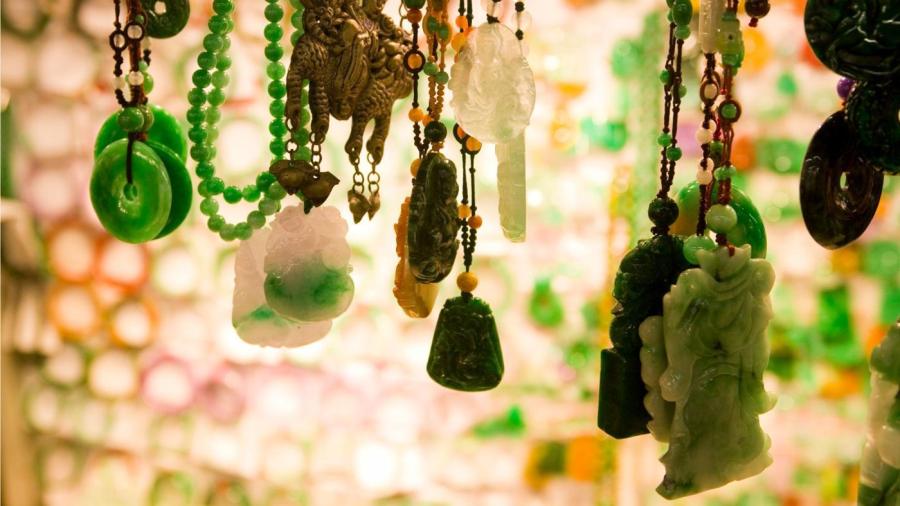How Can You Tell If Jade Is Real?

Real jade is heavier than glass or resin pieces. Jade that breaks easily is not genuine, and even the softer nephrite does not shatter with ease. Broken jade should contain mineral-based particles instead of glassy shards, and fake Jade stones contain small air bubbles inside.
Dense forms of jade should also weigh more than the artificial variety. Jade in the form of Burma jadeite should have a heavy feeling in the palm of the hand. Since jade cools quickly at room temperature, holding the gem until it matches body heat and setting it down is a good way to test its authenticity. If the stone feels cold to the tip of the tongue after 25 seconds, the stone is real.
If the piece feels bumpy to the nail but the surface appears to be smooth, the stone is likely fake. Fake jade with a smooth surface is usually resin or glass. Real jade is also shiny in appearance, and clearer pieces have more value. Jade stones with an intense shade of green has the most value, but there are some jewelry designers who try to mimic the same deep color. A sound test can be conducted by lightly clinging two jade bracelets together. Genuine jade has a high-pitched sound that is pleasing to the ears, whereas artificial jade rings differently.





